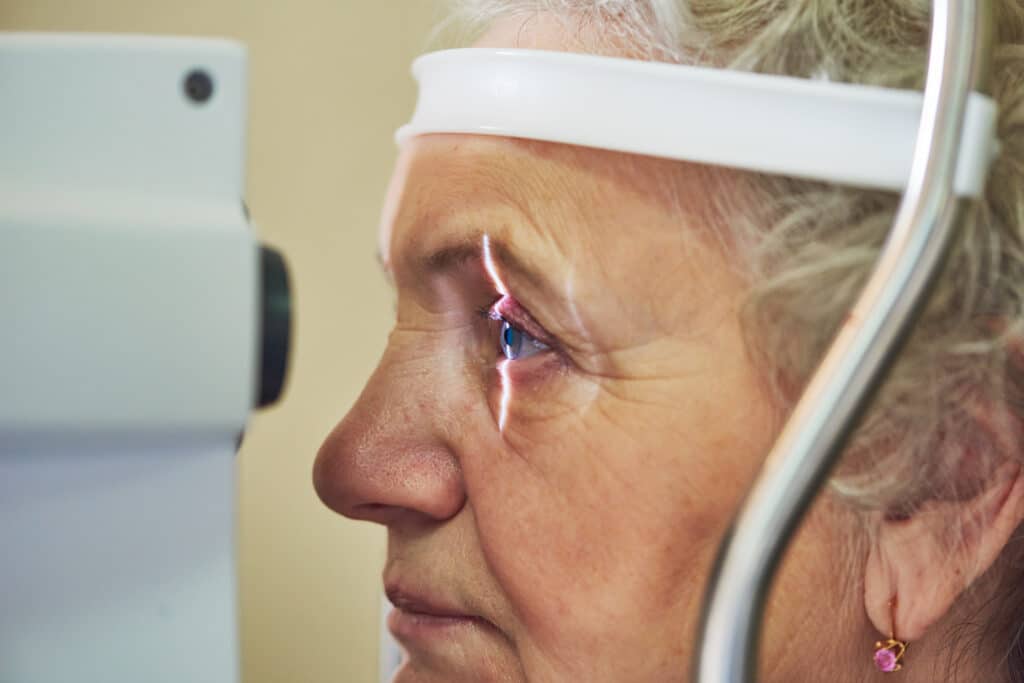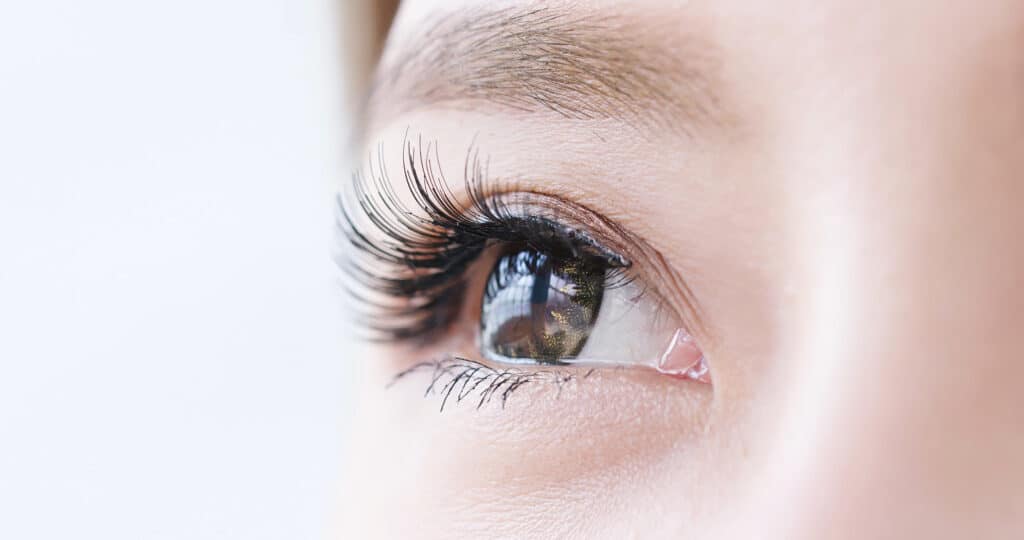What is Glaucoma? Symptoms, Risks, and Prevention
January 30, 2023
Yearly eye exams can protect you from many conditions. Glaucoma is one of the most important conditions to catch during these exams. You can prevent glaucoma from progressing and avoid vision damage when caught early. You can also take steps to prevent this condition, especially if you are at high risk.

What is Glaucoma?
Glaucoma is the name for several conditions that cause vision loss. These conditions damage the optic nerve that carries visual information from your eye to your brain. Glaucoma is a progressive condition that usually develops slowly but can also progress rapidly.
Open Angle Glaucoma
This type of glaucoma is more common and usually progresses slowly. It happens when fluid does not drain properly from the inside of the eye. The fluid buildup increases intraocular pressure (IOP). This pressure gradually damages the optic nerve.
Closed Angle Glaucoma
This type of glaucoma can develop slowly for some time without causing noticeable symptoms. Eventually, drainage from the eye becomes completely blocked. IOP increases rapidly, an emergency that can cause quickly progressing symptoms.
What are the Symptoms of Glaucoma?
Open-angle glaucoma often has no symptoms until high IOP has damaged the optic nerve. At this stage, you will start to notice blind spots in your field of vision. Closed-angle glaucoma can cause sudden onset of symptoms like:
- Blurry vision
- Headache
- Nausea
- Eye pain
If you notice these symptoms, you should seek medical attention immediately. Closed-angle glaucoma requires emergency management to prevent optic nerve damage.
The Path to Clearer Vision Starts Here
Risk Factors for Glaucoma
Glaucoma can affect almost anyone, even people without any risk factors. However, glaucoma is strongly associated with diabetes, which doubles your risk. Other risk factors include:
- Family history
- History of eye surgery or injury
- Nearsightedness (associated with open-angle glaucoma)
- Farsightedness (associated with closed-angle glaucoma)
- High blood pressure
- Long-term corticosteroid use
Knowing your risk factors allows you to take steps to protect yourself.
Can I Prevent Glaucoma?
You cannot eliminate your risk of glaucoma, but you can lower it to some degree. Steps that help prevent glaucoma include:
- Getting a yearly eye exam
- Working carefully with your doctor to manage diabetes
- Controlling high blood pressure
- Staying physically active
- Protecting your eyes from injury
For people at high risk, your eye doctor may recommend visits every six months. Regular eye exams are by far the most effective way to prevent vision damage from glaucoma.
How is Glaucoma Treated?
Eye doctors have many options for treating your glaucoma. Some people manage their condition with medications. Lasers and minor surgeries can improve drainage and lower IOP. Your eye doctor will determine the best treatment method for your glaucoma.
Take the Next Step
If you’d like to learn more about glaucoma, schedule a consultation with our Heart of Texas Eye Care team, serving Dripping Springs, Austin, Kyle, Bee Cave, Marble Falls, and other surrounding areas. Contact us at (512) 213-2220 today!
*Individual results may vary


